The single largest group, however, is that consisting of the 6.1 million Czechs who don’t have any religious affiliations at all.
This, of course, does not necessarily mean they are atheists. There is a palpable interest among Czechs in transcendental questions: the Buddhist Society, for instance, has skyrocketed to 6,000 people; and the virtual army of fortune tellers, healers and clairvoyants who have popped up after 1989 are doing big business. It merely seems that most Czechs, based on their historical experience, are thoroughly scepticalof any “official” religion with a clergy that demands their prostrate obedience.
Just like young people all over the globe, Czech youngsters also delight in scribbling dirty words on walls and buildings. Foreignersmay even understand their meaning, since some of the most frequent obscenities are in English ( “Fuck off komunisty!“ ).
But even in this basic and rather uncomplicated area of human activity the Czechs have invented some peculiarities. Most of them are, of course, verbal (see: Cursing), but there is also one very popular symbol: a rhombus with a distinct I drawn inside. As any dirty mind will guess, it symbolizes the female genitals, which in a wider context can be translated as “fuck you”, “asshole” or “you dirty creep”.
Seen from a child’s perspective, this is a brilliant invention that allows them to scribble apparently innocent symbols and at the time express things that would have gotten children in other countries three weeks of house arrest had it been written in words. Just bear in mind that when you as a foreigner find a nice rhombus drawn in the dust on your car, it’s most probably not an attempt to make you happy with a beautiful decoration...
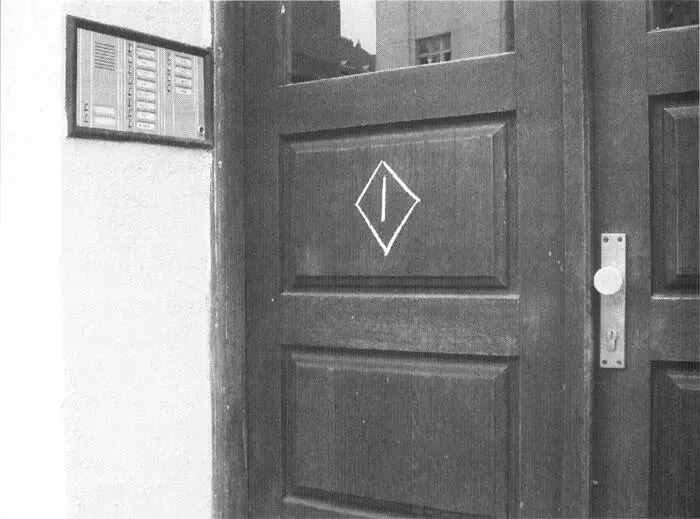
Photo © Terje B. Englund
On a hot summer evening in 2003, three young Moravians, who were downing beersin a hospoda in the city of Jeseník, suddenly got a bright idea. To have some “good fun”, they went to the home of a local Roma couple, a young man and his pregnant wife, kicked the door open, and then silenced the fighting Roma with a knife while they smashed the woman’s head with a hammer.
The couple survived the brutal assault, but when the local court tried the scumbags six months later, the victims were dealt another blow: all three bullies got away with a warning, because they had a clean record and, as the judge said, they were basically “nice boys”, but excessive consumption of beer had made them a bit naughty.
At first sight, this tragic incident looks like a repetition of a series of similar cases over the last decade: Romas have been physically assaulted — in at least 15 incidents even killed — and the white Czech assailants (often skinheads) have received a hair-raisingly lenient punishment from the courts. The Jeseník incident, several activists maintained, proved that the Czech Republic still tolerated violent racism towards its Roma minority.
Fortunately, the shameful court ruling caused a wave of angry protests in the national press, a spokesman of the Czech government publicly questioned the judge’s competence, and even good Jeseník burghers expressed their solidarity with the Roma couple, rejecting the city’s image as a racist haven. Ultimately, the young hooligans were re-tried by another court, and one of them was sentenced to prison.
Still, the co-habitation between the Czech “gadja” majority and the Roma (meaning “human being” in Romani, a term which has replaced the old “gypsy”) is strained and their communicationis full of misunderstandings.
Take for instance the fact that nobody knows for certain how many Roma there are in the Czech Republic. According to the national census in 2001, only 12,000 Czech citizens declared themselves as Roma (the law prohibits officials from deciding a person’s nationality) while Roma organizations, obviously eager to look as big as possible, boost the number to more than 300,000 individuals. Sociologists and field workers, however, estimate that there are about 200,000 Roma, which in a relative ranking (two percent of the population) places the Czech minority among the larger ones in Europe.
To make the picture even more complicated, the overwhelming majority of today’s Czech Roma minority have roots in Slovakia. Prior to the Second World War, only some 6,000 Roma were living in Bohemiaand Moravia, and more than 5,400 of them were murdered in Nazi concentration camps. It says a lot about the communist regime that this Roma Holocaust was officially fully acknowledged only after the Velvet Revolution.
After the war, poor Roma from Slovakia (where no mass extinction had taken place) started to migrate westwards, often to the Sudeten region, which offered an abundance of empty houses, left over from the three million ethnic Germansthat were kicked out in 1945-46 (see: Munich Agreement). The increasing Roma migration was speeded up after 1948 by the communists, who needed lots of unqualified labourers for their newly-established heavy industry.
The result of this policy can be seen all over North Bohemia today: large numbers of Roma, who until the 1950s had earned themselves a living as tinkers and travelling craftsmen, were moved together in towns and cities that were completely foreignto them. Still, after half a century in the area, many Roma feel that their roots are in the hilly landscape of Eastern Slovakia, and not in polluted North Bohemia’s industrial ghettos.
Pavel Říčan, a researcher at the Czech Academy of Sciences, depicts the communist era as both a curse and a blessing for the Roma. Among the nice aspects was a regular wage for unqualified work, a place to live, free health care, schooling for children and a wide range of social benefits. But they paid a high price: indigenous Roma culture was almost totally eradicated, their language was banned (most young Roma don’t speak Romani, yet their command of Czech is often far from flawless), their traditions were ridiculed and their old crafts forgotten.
“Throughout their forty years in power the communists taught the Roma that it paid to lie and steal,” Říčan concludes. That verdict may be a bit too harsh, but it’s undisputed that the Roma, who always had relied on themselves, became totally addicted to help from the state.
Not too surprising, then, that the transition to a market economy has been especially difficult for the Roma. Official figures are hard to come by, but according to the researcher Říčan, some 60 percent of children in Czech orphanages are Roma, and more or less the same ratio applies for inmates in Czech prisons. The average Roma is in substantially worse health than the average “gadja”, the great majority of Czech Roma are jobless (here, widespread discrimination also plays a certain role) and only one in five adult Roma has completed elementary education.
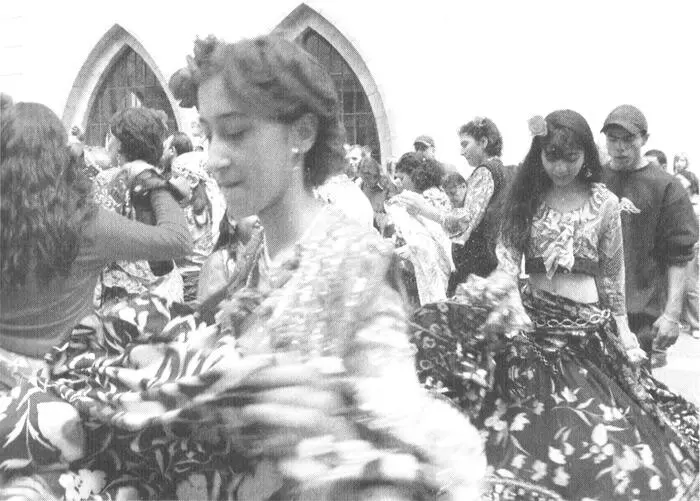
Photo © Jaroslav Fišer
These facts are certainly not too encouraging, but Milena Hübschmannová, the Czech Republic’s most renowned expert on Roma culture, is still quite optimistic. In her opinion, it’s obvious to everyone that the Bolsheviks’forceful integration — an attempt to turn the Roma into dark-skinned Czech proletarians — was a complete fiasco. Now, voluntary assimilation has become the new gospel, and if this is to succeed, the Roma need to establish their own intellectual elite — which is currently emerging.
“In the last years, our Roma have been undergoing a cultural revival, and I’m curious what social impact this will have,” Hübschmannová recently told Reflex magazine.
Читать дальше
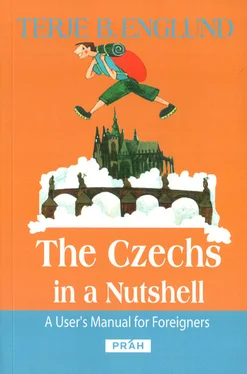


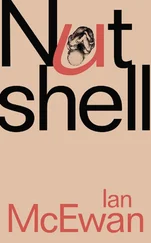
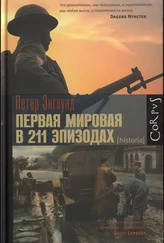


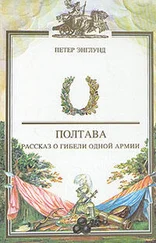

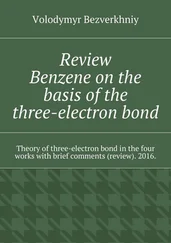
![Theresa Cheung - The Dream Dictionary from A to Z [Revised edition] - The Ultimate A–Z to Interpret the Secrets of Your Dreams](/books/692092/theresa-cheung-the-dream-dictionary-from-a-to-z-r-thumb.webp)



